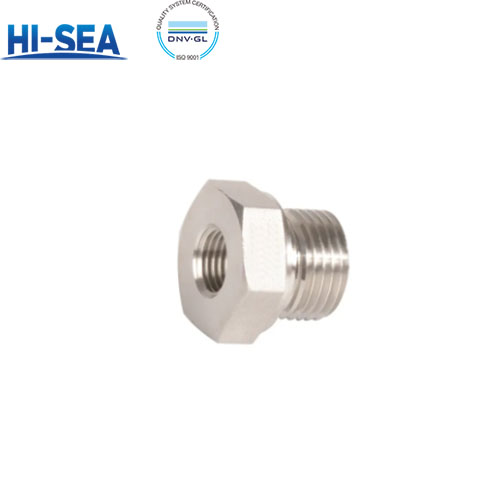
Reducing Adaptor
The application of Reducing Adaptor is widespread, mainly involving the connection and conversion of pipeline systems. The design of this joint allows pipes of different diameters to be connected to each other, ensuring the continuity and efficiency of fluid transmission. The use of these joints greatly simplifies the design and installation process of pipeline systems, improving the reliability and safety of the system.
Overview
Connection specifications:
1.Connection type: Variable diameter joints can adopt various methods such as flange connection, threaded connection, plug-in connection, etc., depending on the application scenario and requirements.
2.Material selection: Depending on the connecting medium, variable diameter joints usually use different materials, such as stainless steel, carbon steel, copper, aluminum, polyvinyl chloride, etc., to ensure the durability and adaptability of the joint.
3.Size matching: The size of the variable diameter joint should match the size of the connected pipeline or equipment to ensure the tightness and safety of the connection.
4.Pressure level: Select the corresponding level of variable diameter joint based on the working pressure level of the pipeline or equipment to ensure the normal operation and safety of the system.
5.Installation preparation: Before installation, it is necessary to clean the joints and pipes at both ends to ensure a smooth and pollution-free surface, in order to ensure the sealing and stability of the connection.
6.Inspection and handling: During the installation process, it is necessary to carefully inspect the size and connection method of each element, as well as whether there are small scratches or deformations at the connection points. If necessary, handling should be carried out to ensure no leakage.
7.Sealing performance: Correctly select the thickness and material of the sealing gasket to ensure good sealing performance and prevent leakage.
8.Tightening and Testing: After installation, testing must be conducted to ensure no leaks, using appropriate wrenches for tightening and conducting appropriate torque tests to ensure installation quality.





